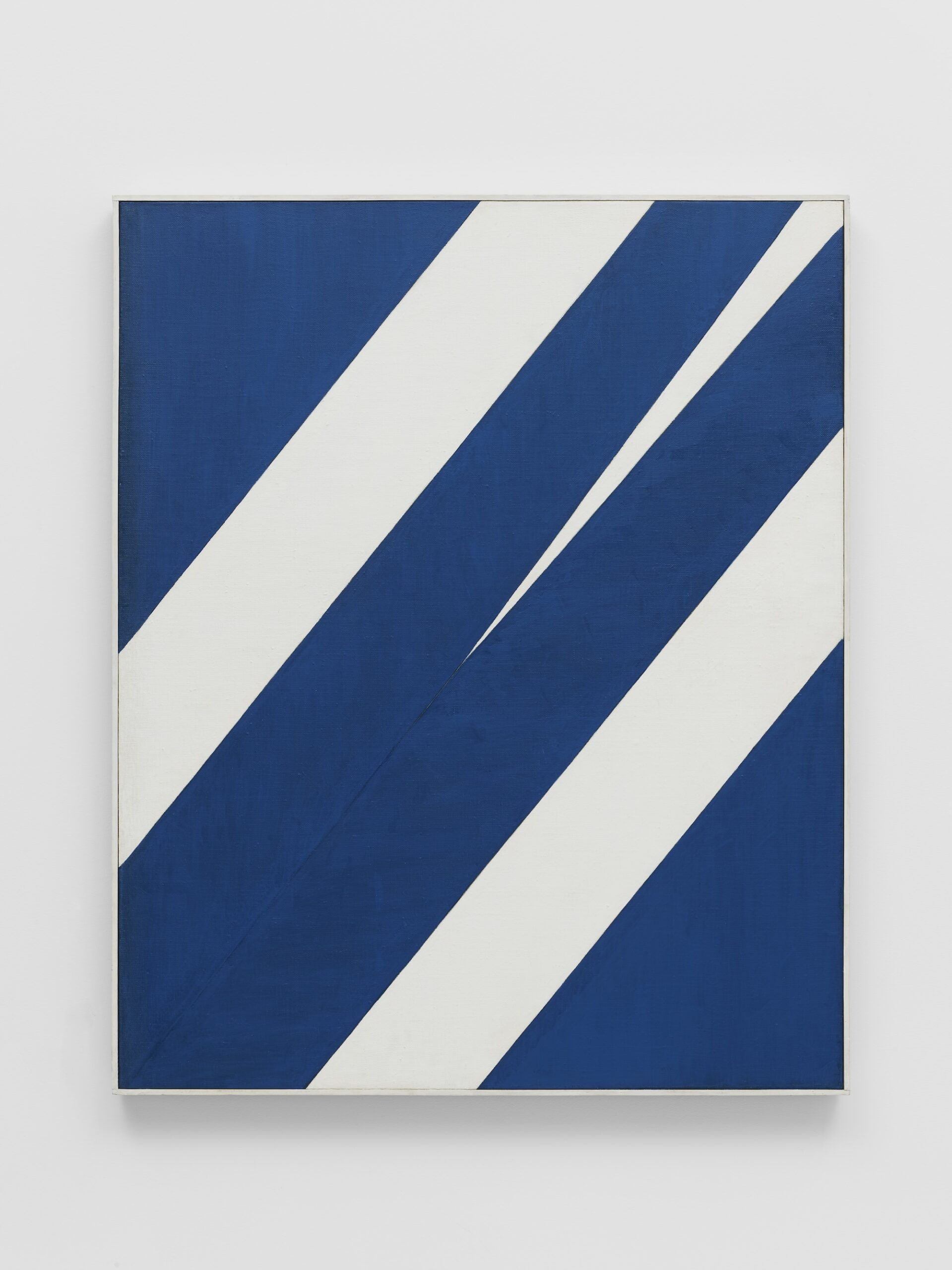In the years following World War II, Paris was a bustling hub of creativity and innovation, attracting artists from all corners of the globe. Among them was the Cuban-American painter Carmen Herrera, whose journey to the city would prove to be a transformative chapter in her artistic career. From 1948 to 1953, Herrera lived in Paris, immersing herself in the city’s dynamic postwar artistic community.
During this time, Paris was still reeling from the aftermath of the war, but it also pulsated with a newfound energy and a sense of renewal. The city was a melting pot of ideas, attracting a diverse range of artists who sought to break away from traditional artistic norms and explore new forms of expression. The avant-garde movement was in full swing, with artists like Pablo Picasso, Henri Matisse, and Jean Dubuffet leading the charge.
For Herrera, the experience of living in Paris was a revelation. Surrounded by like-minded creatives, she found the perfect environment to explore her own artistic vision and push the boundaries of her work. The city’s vibrant art scene provided her with a wealth of inspiration, influencing her artistic style and encouraging her to experiment with new techniques.
But Paris was not only a place of artistic inspiration for Herrera; it was also a city marked by a complex history. As she walked its streets, she couldn’t help but be reminded of the significant events that had shaped its past. From the grand boulevards that Baron Haussmann had meticulously designed in the 19th century, to the scars left by the German occupation during the war, Paris was a city that bore the weight of its history.
In her work, Herrera sought to capture both the vibrancy of the present and the echoes of the past. She drew upon the geometric forms and clean lines of the modernist movement, while also incorporating elements of Cubism, a style that had emerged in Paris several decades earlier. Through her paintings, Herrera explored the intersection of art and architecture, creating abstract compositions that invited viewers to contemplate not just the surface, but also the space and depth within.
More than half a century has passed since Herrera’s time in Paris, but her artistic journey still resonates with contemporary artists and art enthusiasts. Her ability to merge tradition with innovation, history with modernity, is a testament to the enduring power of art. As we reflect on her time in Paris, we are reminded of the transformative nature of artistic communities and the importance of finding a space where creativity can flourish.
